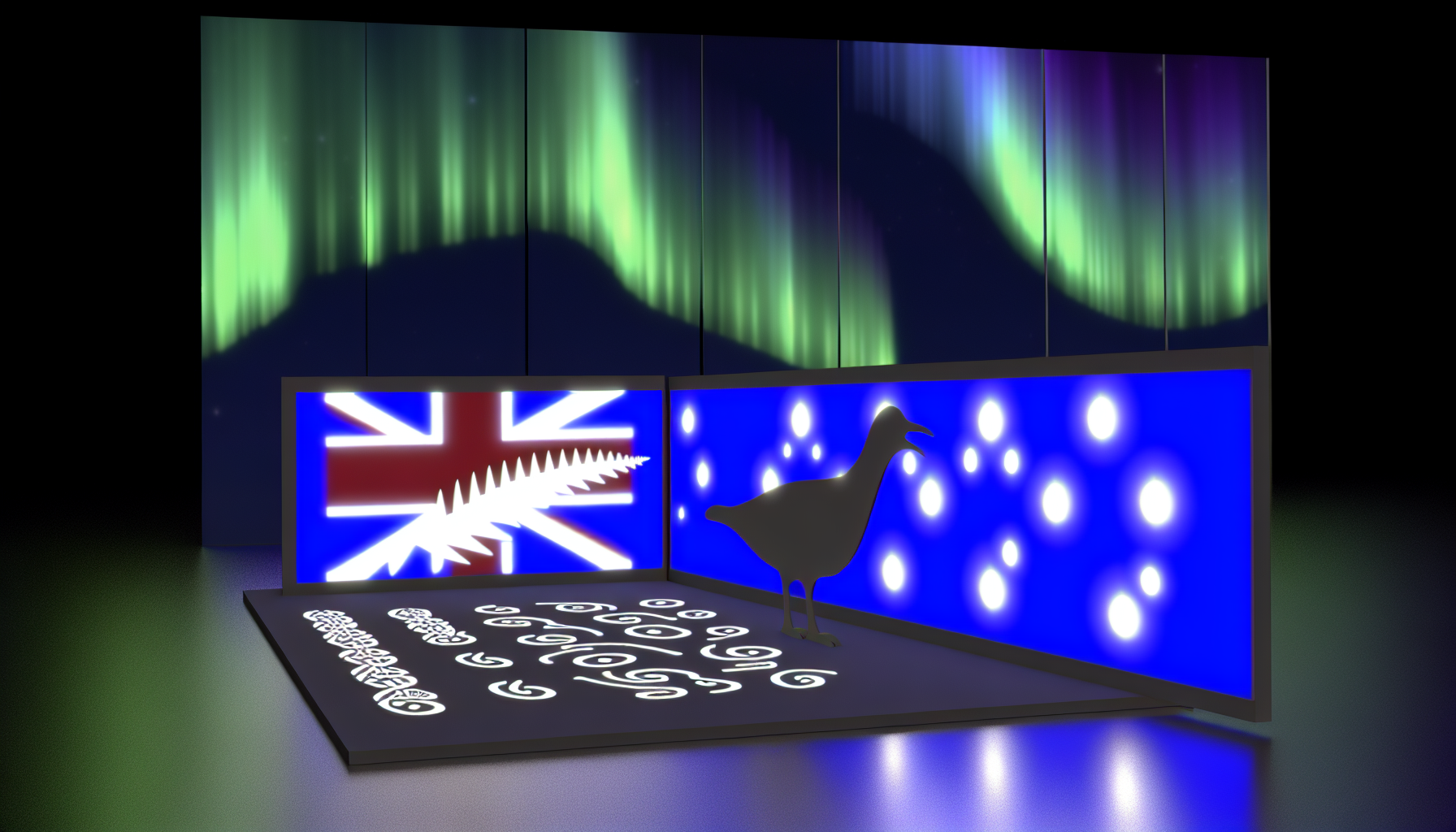Why You Should Switch to LED Lights in Your Home
Let’s cut to the chase—if you’re still using old-school incandescent or halogen bulbs, you’re throwing money away. LEDs are better in almost every way, and making the switch is one of the easiest upgrades you can do. Here’s what matters.
LEDs Use Way Less Power
Think about your power bill—it’s already expensive enough, right? Older bulbs waste most of their energy as heat. LEDs, on the other hand, use much less electricity to produce the same (or better) amount of light. According to EECA Energywise, LED bulbs use up to 85% less energy than traditional bulbs. So, if you don’t like overpaying for power, it’s a no-brainer.
They Last Forever (Almost)
Okay, not literally forever, but way longer than anything else. A typical LED bulb lasts 10 to 25 years, depending on how often you use it. Compare that to halogen bulbs, which often burn out in less than two years. That means fewer trips to Bunnings or Mitre 10 to replace blown bulbs and less money spent on replacements over time.
Better Light, No Delays
Old bulbs can flicker, take ages to brighten up, or change colour over time. LED lights turn on instantly, stay consistent, and come in different shades—warm, cool, or daylight—so you can choose the right vibe for any room. Plus, they don’t get hot like halogen bulbs, which is safer and means less heat in summer.
Dimmable and Smart Options
Want to set the mood? Many LEDs are dimmable, but be careful—you need an LED-compatible dimmer switch, or you’ll get buzzing and flickering. Check places like Lighting Direct or The Warehouse for dimmable LED options. And if you’re into smart home tech, LEDs work with smart systems like Philips Hue, available from PB Tech.
How to Switch
Don’t overcomplicate it. Just replace old bulbs with LEDs as they burn out. If you’re upgrading all at once, start with the rooms you use the most—like the kitchen and living room—since that’ll save the most energy. Check bulb sizes and fittings before buying (most packaging will tell you what they replace). Need help picking? Websites like Mitre 10’s lighting section have guides to help you choose.
They’re Worth It
Yeah, LEDs cost more upfront, but the savings on power bills and replacements make up for it. The maths is simple—you’ll probably break even within a year or two, and after that, you’re just saving money.
So, if you haven’t switched already, now’s the time. It’s an easy update that pays off fast, and your future self (and your wallet) will thank you.


Leave a Reply